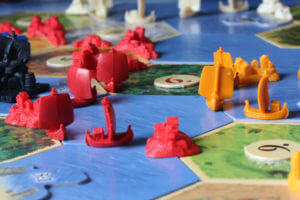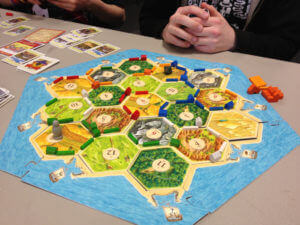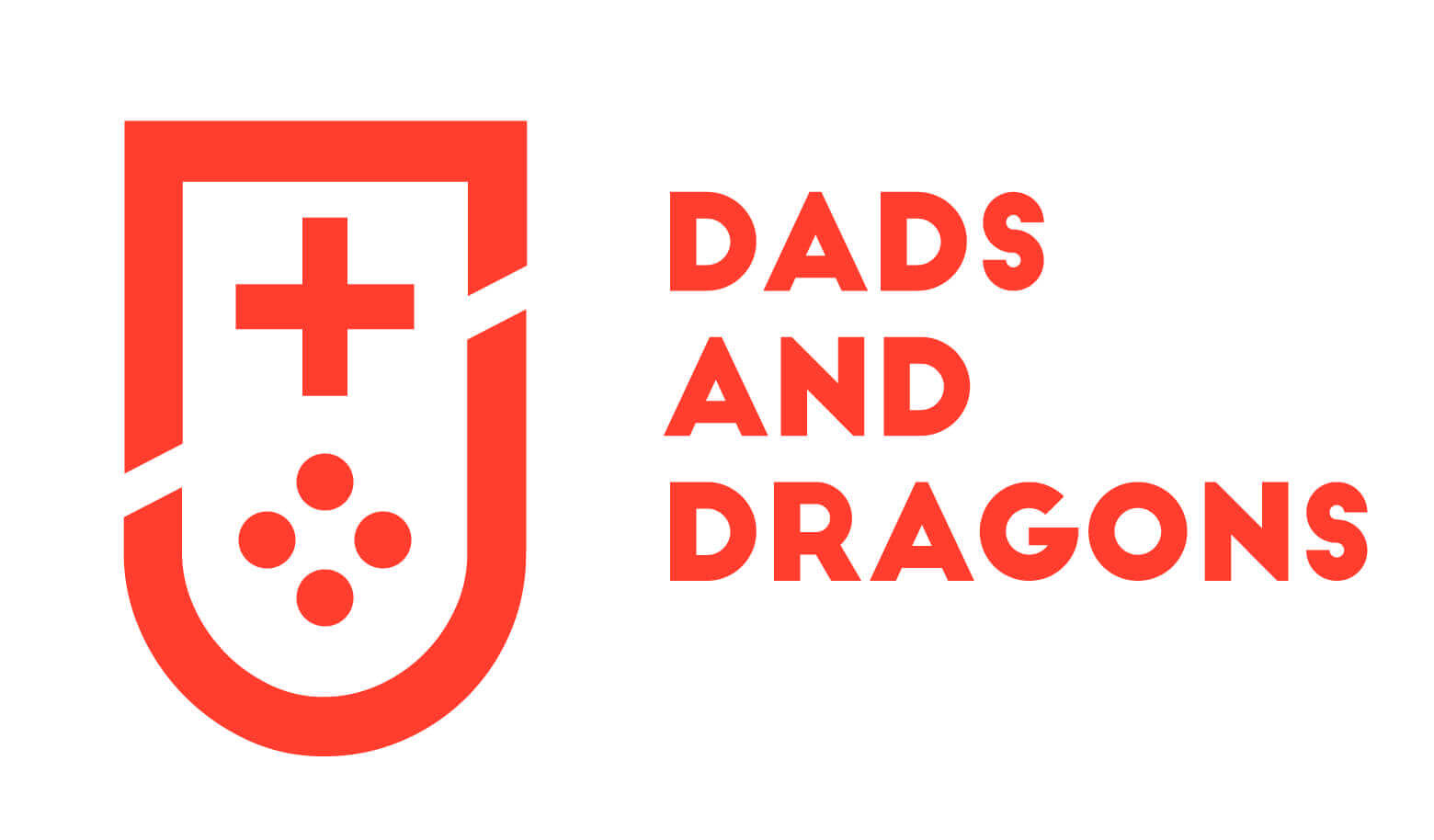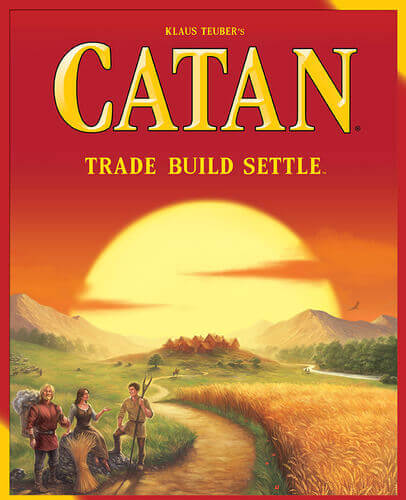
Everyone knows the “classic” board and card games: Monopoly, Candyland, and Uno just to name a few. Sadly, this is the extent of their game knowledge. There is a whole world of board and card games that use new and unique mechanisms, instead of the “roll and move” we all grew up with.
For my first game review, I thought I’d start off with a “gateway” game. The term “gateway” refers to a group of games that are easy to learn and play, and introduce the new mechanisms to the gaming world. There are many games in this category, but Catan is often considered one of the best. Catan was first published in 1995 and was designed by Klaus Teuber.

Catan is a game for 3-4 players, ages 10+, and takes 60-120 minutes. In the game, players collect resources to build villages and cities for points and buy cards for points and special actions. The board game is created from hexagon tiles (meaning each game is unique). These tiles produce the resources in the game. Then the border tiles are placed around the board. These tiles show harbours that can make trading with the “bank” more efficient. Each tile is given a numbered token. These tokens indicate which tiles produce during that phase of the game. Players then place their starting settlement on the three-way intersections created by the edges of the tiles. This means that each settlement is adjacent to three tiles (or two if you build along the edge of the board). Players also place their starting road, adjacent to their starting settlements, along the edges of the tiles.
There is also a special desert tile that doesn’t produce any resources, but is where the robber starts at the beginning of the game. If anyone rolls a 7, no resources are produced and everyone who has more than 7 resource cards must discard half (rounding up). The active player then can move the robber to any tile. The player can decide not to move the robber, if they wish. If there are any cities or settlements adjacent to this tile, the active player may steal one resource card (without looking the card) from the player or if there are 2 or more players eligible, the player’s choice. Resource tiles with the robber will never produce.
The active player’s turn consists of rolling dice to see which tiles produce resources. Every player who has at least one settlement adjacent to the tiles that produced receives the resource. Then the active player can trade resources with the other players and/or the bank. Finally, the active player can build new roads, settlements, upgrade settlements to cities (to produce more resources), buy Development cards, or play Development cards for their special effects. Then the next player takes their turn. The game continues until one player has accumulated 10 points. Settlements are worth 1 point and cities are worth 2. There are two cards that award points to the current owner: Longest Road and Largest Army both give 2 points. These cards can be taken by other players. Finally, there are hidden point cards that contribute to the player’s score, but aren’t revealed until 10 points has been reached.

This game offers what many of the “classic” games don’t: choice. Players can choose where they want to build their roads and settlements, but other players can build there too, so often it’s a race to see who can build first. Players can choose what they want to trade and with who (Monopoly does offer this, but it’s often one sided). Catan trades often give both players what they want. Catan also doesn’t eliminate players. Everyone plays to the end, and with the hidden point cards, no one can be sure who the winner will be.
Catan is a fantastic game to start off exploring the world of board games. When it starts to lose its appeal, there are many expansions that can be added that change the way the game plays by adding new rules and/or new tiles.
If you would like to learn more about Catan, you can check out the entry at BoardGameGeek (BGG). BGG is the largest database of games, along with many other benefits for the board gamer.
Guest Article By:
Kevin Shillinglaw | Contributing Author
[email protected]
Twitter:@dadsanddragons


Recent Comments